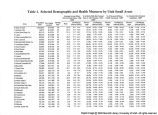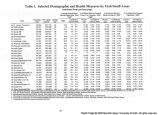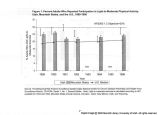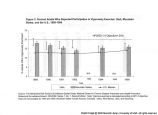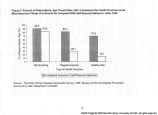| OCR Text |
Show Environmental Health Ambient Air Pollutants In 1992, the Utah Department of Environmental Quality organized a public advisory committee (PAC) to work with scientists and engineers to evaluate the environmental issues facing the state1. In July of 1994, the PAC ranked outdoor (ambient) air pollution as one of the highest categories in need of attention for health, ecology, and quality of life in Utah. Ambient air pollution is the pollution of the outdoor air that surrounds us. Environmental pollutants pose risks of life-threatening poisoning, stress, and weakening of biological organisms, depending upon the dose level. They also exacerbate preexisting disease symptoms and cause clinical manifestations of symptoms that would otherwise remain sub-clinical. However, there remain differences in opinion by researchers as to the nature and the magnitude of the impact that air pollution has on health, even though several researchers have shown statistically significant increases in morbidity and mortality that cycle with normal fluctuations in air pollution. The United States Environmental Protection Agency (EPA) has established national ambient air quality standards for six pollutants: carbon monoxide (CO), lead (Pb), nitrogen dioxide (NO2), PM10 (which is particulate matter whose aerodynamic size is less than or equal to 10 microns), sulfur dioxide (SO2), and ozone (O3). There are two types of national standards, primary and secondary. Primary standards help protect against adverse health effects, whereas secondary standards protect against adverse welfare effects such as damage to crops, vegetation, and buildings. These standards can be found in Table 87; also included is a report of Utah's compliance with these standards. As of 1988, 150 million citizens in the United States live in areas where ambient air pollutants exceed the national quality standards. In Utah for the year 1989, there were 1.25 million people living in areas which exceed one or more of the pollutants. Over a million people live along the Wasatch Front and out of this population, 130,000 people have chronic respiratory problems. These problems include emphysema, chronic bronchitis, adult asthma, and child asthma. The combined effects of PM10, O3, SO2, and NO2 impact the health and quality of life of most of these people, particularly during episodes of high pollution. Table 88 summarizes the risk and health effects associated with ambient air pollution. ¦ 1 Packham, McKinlay and Darrington, "Human Health Effects from Ambient Air Pollution", Utah Division of Air Quality, Table 15, page 31. 1 - - |









































